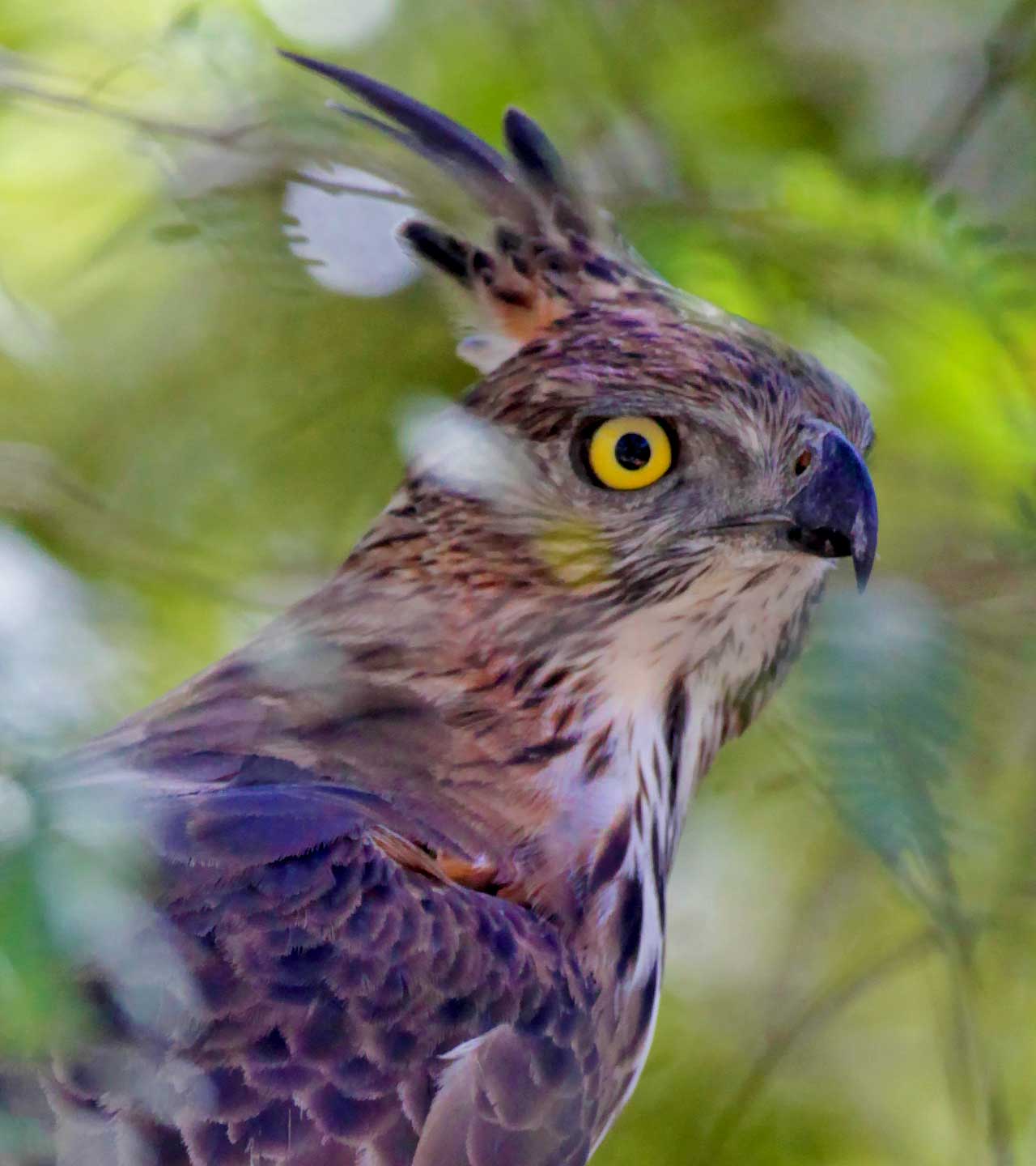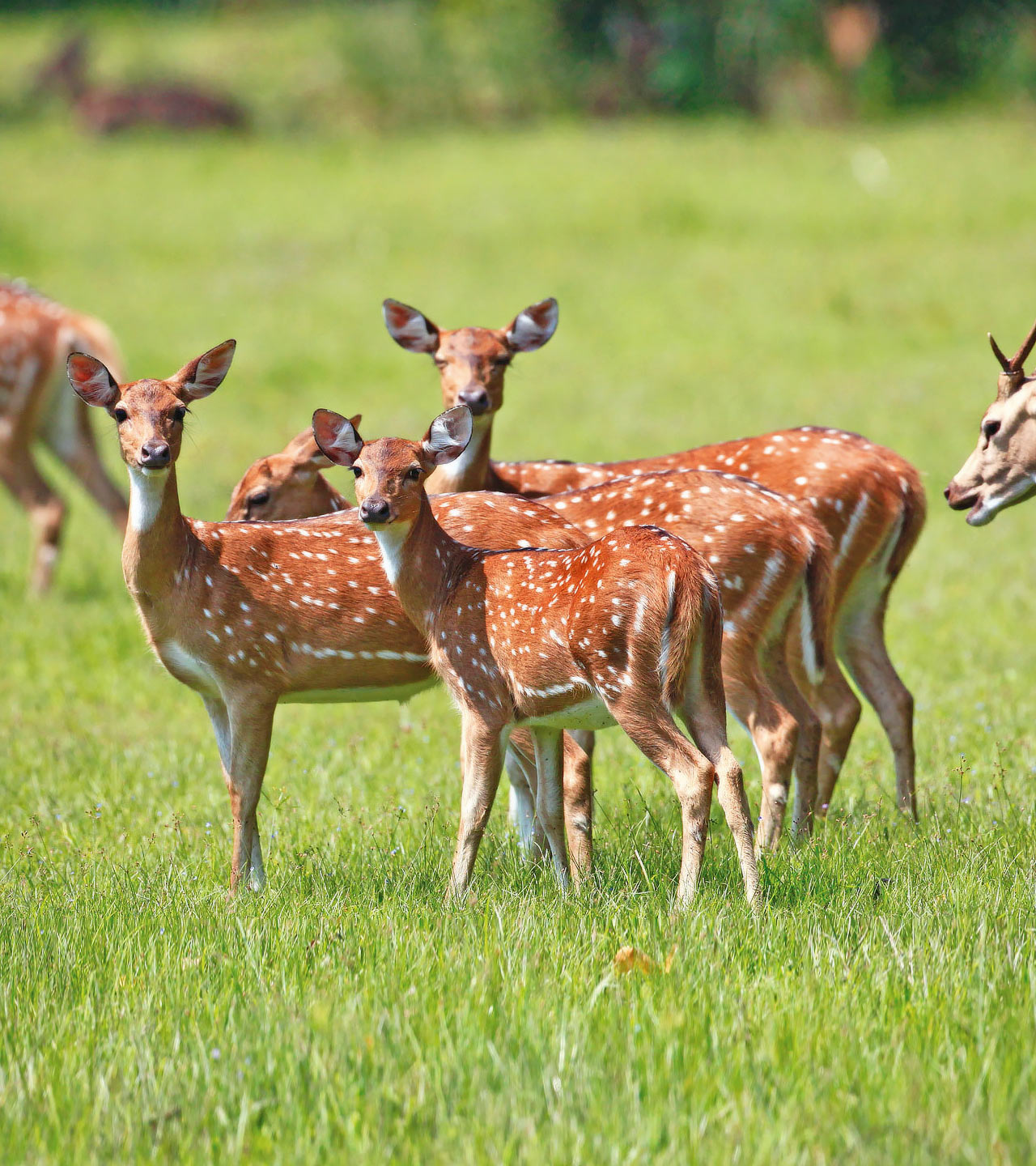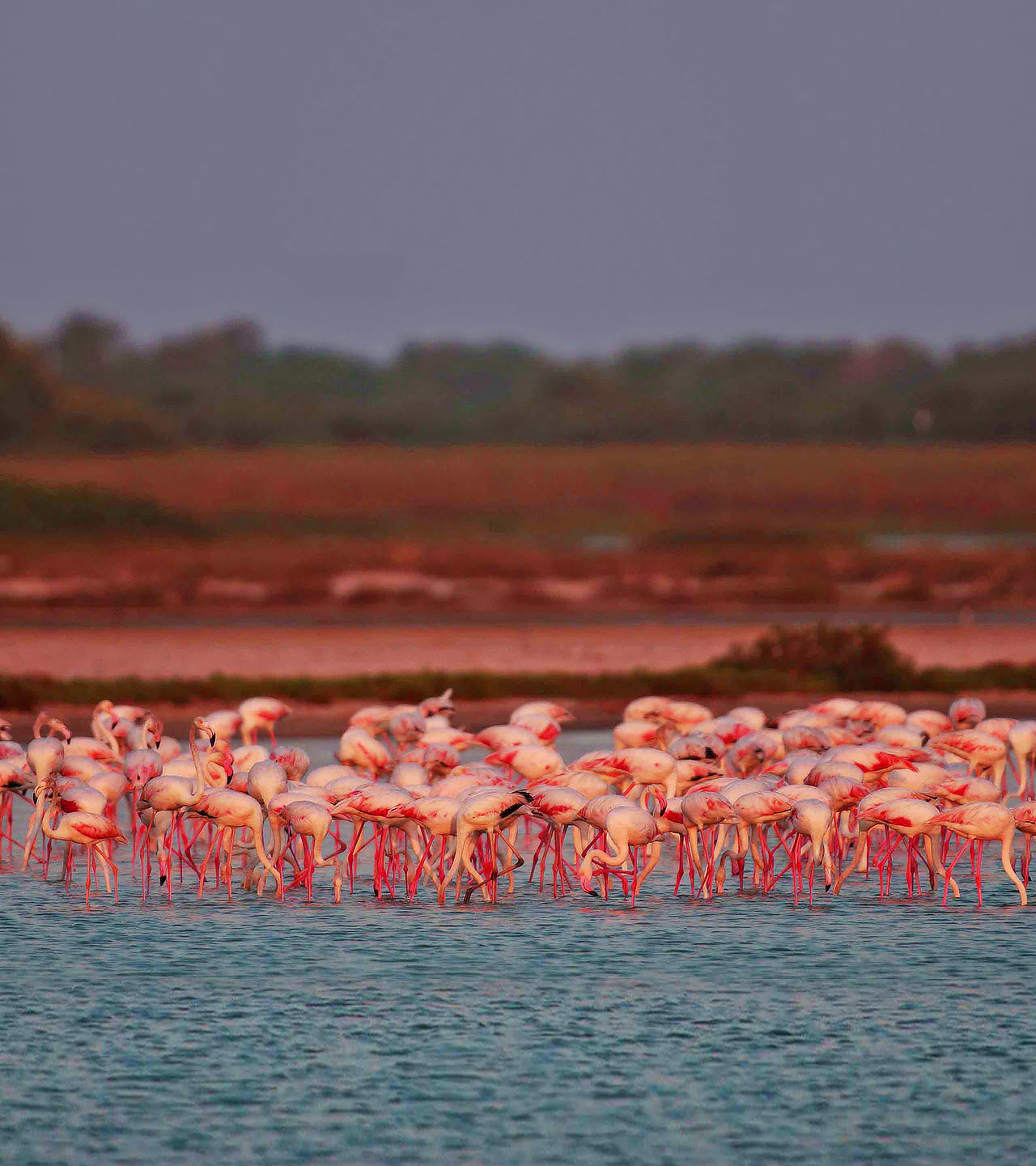See the Wildlife in the Best National Parks of Sri Lanka
With elephants, leopards and unique birds in about 100 national parks and preserves, Sri Lanka is an excellent stop for wildlife watchers.
Posted on
Sri Lanka is already known for its beautiful beaches and glittering seas, but travelling further inland can also be an extremely rewarding experience. The island nation in the Indian Ocean is one of the best places for wildlife experiences in Asia, rivalling Southern Africa for its density of national parks full of fascinating creatures.
There are around 100 protected areas in Sri Lanka, made all the more magnificent because of the island’s unique climate and geography and a long history of protecting its natural beauty. We’ve picked out some of the best places for wildlife encounters, offering good chances of seeing local leopards, lizards, bears and birds.

Yala National Park
Yala National Park is a large area of lowland scrub in the southeast of Sri Lanka, about 50 km northeast of Hambantota Harbour It’s one of the most popular parks in the country, thanks to its population of unusually bold leopards. There are about 30 of these majestic big cats and they are quite densely packed into a small area of the 978.8 km² park, making a sighting nearly certain.
Other creatures you can see in Yala include sloth bears (particularly in June and July, when the palu trees are fruiting), sambar, buffalo, wild pigs, golden jackets, Indian palm civets and wild elephants. The park is particularly noteworthy for its bird population, with about 220 different species to see and even more in the the Palatupana Salt Pans, which is just a 10-minute drive away.
Udawalawe National Park
With about 500 wild elephants in residence, Udawalawe National Park is definitely the best place in Sri Lanka to see these beautiful pachyderms. In the south of the country, about 50 km north from Hambantota Harbour, the park was created to house animals displaced by the construction of the Udawalawe Reservoir. It is surrounded by hills covered in tea plantations, which make quite a remarkable backdrop.
Other than the elephants, you can see a good selection of birds of prey in the 308.2 km² park, such as white-bellied sea eagles, booted eagles, and changeable hawk-eagles. You’re also likely to see Sri Lankan axis deer, sambar deer and spotted chevrotain among the marshes and grasslands.

Wasgamuwa National Park
About 175 km west of Oluvil Harbour, Wasgamuwa National Park is home to a broad selection of endemic Sri Lankan species, including purple-faced langurs, toque macaques, leopards and golden palm civets. Sadly, with relatively small numbers of each across a 393.2 km² park, sightings of many of these are relatively rare. You are likely to be able to see Sri Lankan elephants. However, the herd of about 150 of them are wilder and more temperamental than elsewhere, so keeping your distance is advisable.
Sinharaja Forest Reserve
Despite being one of the smallest reserves in Sri Lanka, Sinharaja has one of the most vibrant and varied selections of wildlife on the island. The 88.64 km² park is a UNESCO World Heritage site and Biosphere Reserve thanks to its many varieties of endemic birds, including red-faced malkohas, blue magpies and crested drongos, often found together in mixed feeding flocks. Unfortunately, this being a dense rainforest, actually spotting any of them can be quite tough. The park is about 90 km from Galle Harbour, and is also home to leopards, purple-faced langurs and barking deer.

Minneriya and Kaudulla National Parks
The neighbouring reservoirs of Minneriya and Kaudulla, in the northeast of Sri Lanka, are both surrounded by small national parks. The scrubby jungle area about 90 km west of Valaichchenai Harbour contains plenty of elephants, which migrate from Kaudulla to Minneriya for the dry season. Some more even migrate here from Wasgamuwa National Park, which is about 20 km to the south. The result is that you can see over 300 elephants gathered in giant herds in the 88.89 km² Minneriya National Park during September and October.
Horton Plains National Park
Horton Plains is perhaps better known for it’s striking scenery and geography than its wildlife. Nearly 200 km east from the Sri Lankan capital of Colombo, it is here that you’ll find World’s End – a 1,200m sheer cliff, offering spectacular views of the valley below. The 20m Baker’s Falls are also well worth a visit.
When it comes to wildlife, the 31.6 km² Horton Plains National Park is best for birds and some remarkable creatures which have evolved to handle the cooler conditions of the high plateau. Especially noteworthy is the pygmy lizard, which gives birth to live young to get around the problem of its eggs getting too cold.

Wilpattu National Park
This is one of the best places for the most popular wildlife sightings in Sri Lanka, including leopards and sloth bears. At 1,317 km², it’s the largest national park in the country, and contains about 50 leopards. From its terrain and flora to the range of animals, Wilpattu has a lot in common with Yala National Park. Being less popular and much larger, you are more likely to get the ‘off-the-beaten-track’ feeling in Wilpattu.
Mannar Island
Mannar Island, in the extreme northwest of Sri Lanka, is not technically a national park, but might as well be. The 50 km² island and the nearby mainland are a web of estuaries and wetlands, creating a vital stop for migrating wading birds. Keep an eye out for the Heuglin’s gulls, travelling from Arctic Russia over 6,500 km to the north.

Knuckles Forest Reserve
Marking effectively the dead centre of Sri Lanka, the Knuckles is a jungle-clad mountain range and forest reserve. You can see plants and animals here which you won’t find anywhere else in the world, including about a third of the island’s endemic trees, shrubs and herbs. The lizards here are especially noteworthy, including the Tennent’s leaf-nosed lizard, which is unique to the area.
The Whale Watching Triangle
Three areas off the coast of Sri Lanka stand out for their fantastic whale watching opportunities. The best-known and most popular of them is in the southwest of the island, near Galle and Mirissa. It’s one of the best places in the world for seeing the majestic and mysterious blue whale, with an average encounter rate of over 80% between December and March.
The less popular (but no less spectacular) corners of the whale watching triangle are in the north of Sri Lanka. On the east coast is Trincomalee, which is also a popular destination for blue whales as they enjoy rich pickings around the underwater canyon close to the shore. On the west coast, near Kalpitiya, you have the chance of seeing the largest easily-accessed gathering of sperm whales in the world.


Destinations: Indian Ocean, Sri Lanka
Footnote:
Contact Seal Superyachts Sri Lanka for detailed information about cruising around Sri Lanka, superyacht charter regulations and about how we can support your visit.
Principle agent Upali Gooneratne is proud to have worked with many of the World’s largest Superyachts and has extensive knowledge of Sri Lanka and the surrounding area.
Upali Gooneratne
Phone: +94 77 244 3016
Email: upali@seal-superyachts.com